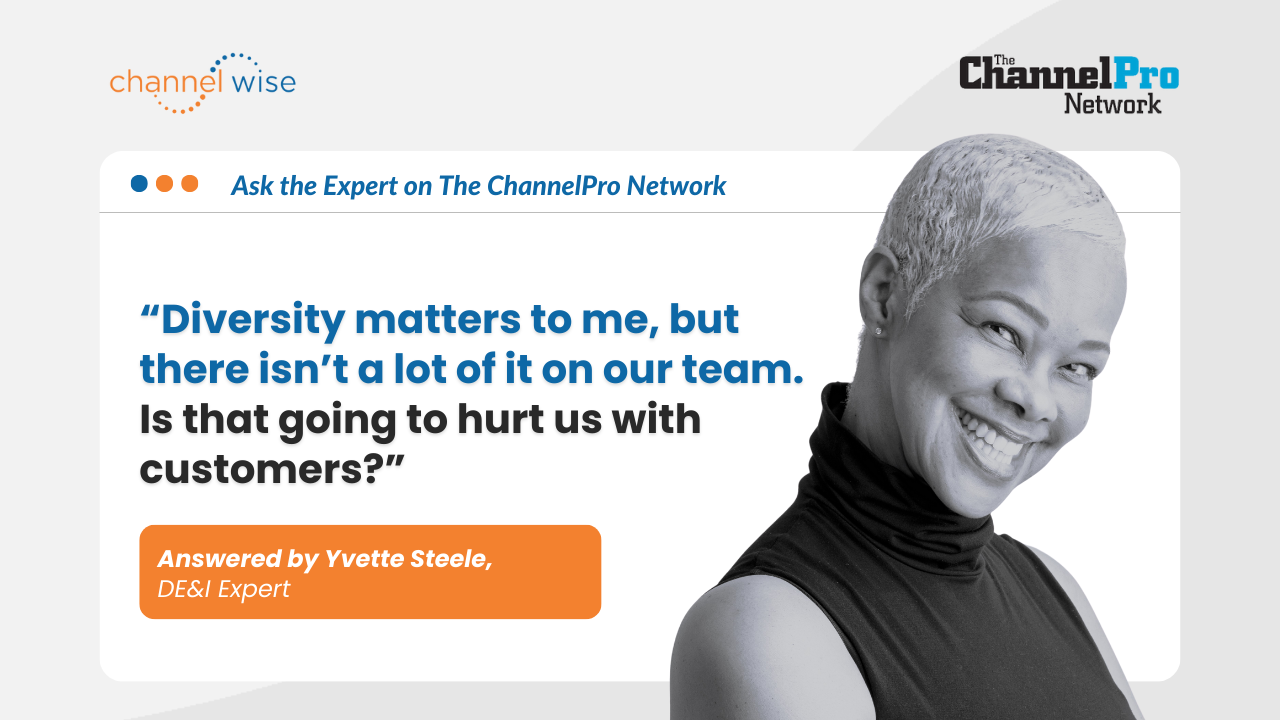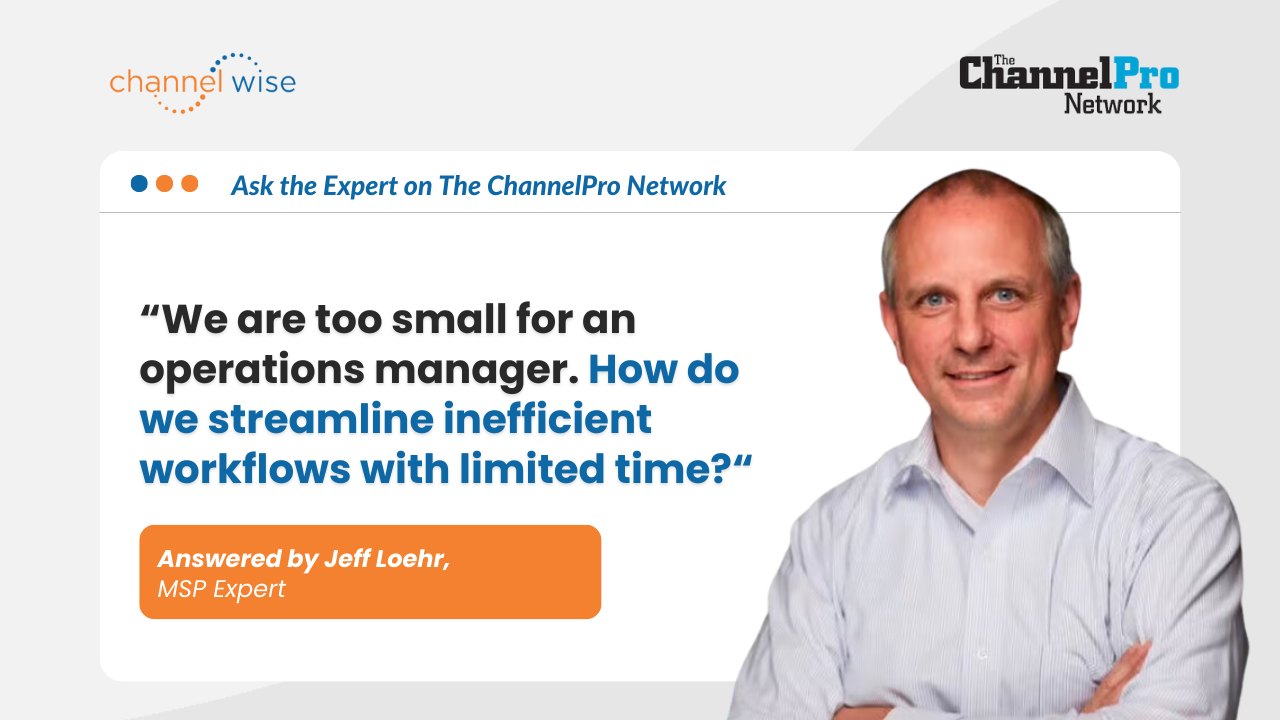How to Expand Your International Client Base with Samantha Feder
Replay:
Expanding your business globally can be a game-changer, opening doors to new markets and growth. The US Commercial Service, a division of the Department of Commerce, serves as a strategic partner for US companies looking to tap into international markets. With a network of offices at home and abroad, they offer invaluable resources, market insights, and connections to help businesses navigate the complexities of international trade.
In this episode of Ask the Expert Live, Kathryn Rose, CEO & Founder of channelWise, interviewed Samantha Feder, an expert from the US Commercial Service, to uncover the opportunities they provide.
Highlights:
- The US Commercial Service, part of the Department of Commerce, provides resources and support to US companies looking to expand internationally.
- Companies can benefit from the US Commercial Service's programs without establishing a physical presence in a foreign country.
- Trade missions organized by the US Commercial Service facilitate business connections and networking opportunities, both within single countries and across multiple countries.
What is the US Commercial Service?
The US Commercial Service is an agency within the Department of Commerce that serves as the trade promotion branch. We work with US companies interested in selling their products or services abroad. The Commercial Service has offices both domestically and overseas, with 106 offices in the United States and 120 offices in 80 countries. These offices provide local expertise, market knowledge, and business connections to help US companies navigate international markets. Our organization acts as a resource and supports companies looking to expand overseas.
Do you have to establish an office presence in a country to take advantage of the programs offered by the US Commercial Service?
No, companies do not have to establish an office presence in a foreign country to benefit from the programs offered by the US Commercial Service. Our primary focus is helping companies sell their products or services abroad and expand their client base. The Commercial Service assists in connecting companies with partners, distributors, and even foreign governments if they are interested in selling to them. While we can also facilitate connections for companies looking to establish an office presence in a country, it is not a requirement.
What is a trade mission, and how does it work?
A
trade mission organized by the US Commercial Service brings together companies with similar interests, often within the same sector, interested in exploring a specific market. The trade mission may involve visiting multiple countries or focusing on a single country with visits to different cities.
The purpose of the trade mission is to provide networking opportunities and facilitate business connections. Local companies, government entities, and potential partners relevant to the sector of interest are invited to networking receptions and briefings. The Commercial Service's local staff provides insights into market opportunities and guidance on how to enter the market effectively.
B2B (business-to-business) matchmaking is a key component of trade missions, where companies can request meetings with specific companies or industries of interest. The Commercial Service leverages its local expertise and connections to arrange these meetings, allowing participants to engage in valuable business discussions. The number of meetings per trade mission may vary but typically ranges from five to six.
Do trade missions typically involve visits to multiple countries?
Trade missions can involve visits to multiple countries or focus on a single country, depending on the specific mission and market. The decision to visit multiple locations within a country is based on factors such as the size of the country, the presence of different potential partners or markets in different cities, and the local government dynamics. The goal is to provide participants with valuable networking opportunities and access to relevant contacts in the specific market(s) of interest.
Are there costs associated with participating in trade missions?
Yes, there are costs associated with participating in trade missions. The costs typically range from $1,000 to $3,000, and there may be different pricing tiers based on the business size. However, the US Commercial Service aims to make the costs as reasonable as possible.
Additionally, there is a program called the STEP (State Trade Expansion Program) grant, which is not through the Department of Commerce but is administered by the Small Business Administration (SBA). Each state applies for the grant, and small businesses can utilize the STEP funds to cover trade mission costs, including travel and hotel expenses. The availability and specific details of STEP grants may vary from state to state, so it's recommended to contact the local offices for more information.
Does the US Commercial Service offer programs that facilitate meetings without the need for travel?
Yes, the US Commercial Service offers programs that facilitate meetings without the need for travel. Our primary focus is matchmaking, connecting businesses with potential partners and clients. We have specialized services such as the International Market Check, which helps determine the best market for a company's products or services through customized market research. Once a market is identified, companies can engage with local specialists to arrange meetings with specific partners or government entities based on the company's objectives. Whether targeting specific industries, working with local partners, or establishing connections with government organizations, the US Commercial Service is committed to facilitating these meetings to help businesses expand internationally.
In the tech sector, what areas do countries want to buy services from US companies?
In the tech sector, several areas currently have a high demand for services from US companies. Cybersecurity is one as there is increasing interest from countries in purchasing cybersecurity solutions. Another area of interest is telecom, where there is a need for infrastructure development and upgrades, such as 5G networks. Robotics is also experiencing a rise in demand. It's worth noting that while software companies may not typically deal with export compliance related to border patrol, companies selling hardware or physical goods may need to navigate export compliance regulations. The US Commercial Service provides support, including seminars and training, to assist with compliance issues and ensure smooth transactions for physical goods in international markets.
Does the United States government incentivize other countries to work with American companies?
Yes, the United States government does provide incentives to encourage other countries to work with American companies. These incentives can take the form of aid packages or tax breaks with the condition that a certain portion of the funds or benefits is utilized for purchasing US goods or services. The US Commercial Service has relationships with various countries and can provide information and guidance on these incentives. It is also important to consider free trade agreements and US commercial presence when exploring potential markets abroad. Identifying countries with incentives, free trade agreements, and demand for US products or services can be valuable considerations when planning global expansion.
For more advice about international expansion with the help of US Commercial Service, visit
Samantha's profile on channelWise.
Check out
channelWise.com for more experts to help you with your business or career.
Note: Transcript is edited for time and clarity.







Contact Us
All Rights Reserved | wiseHer, Inc. d/b/a channelWise
